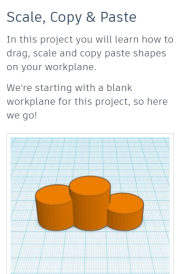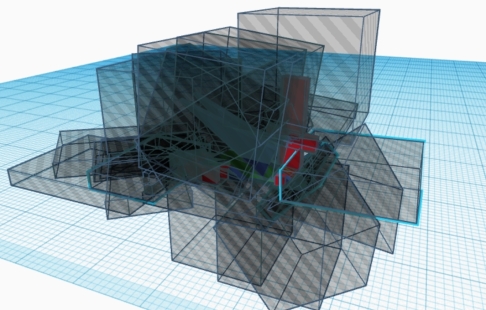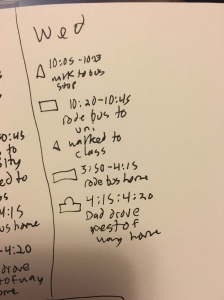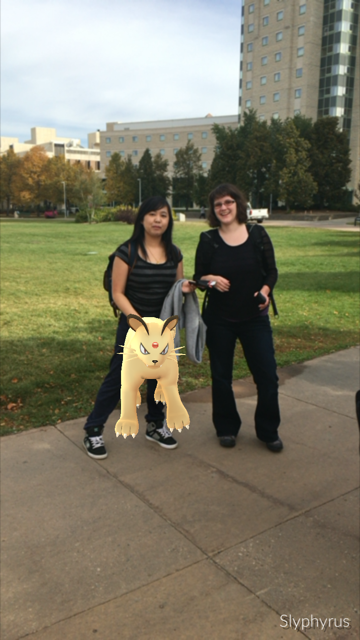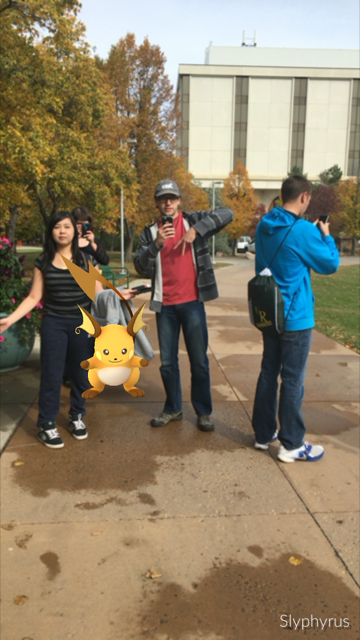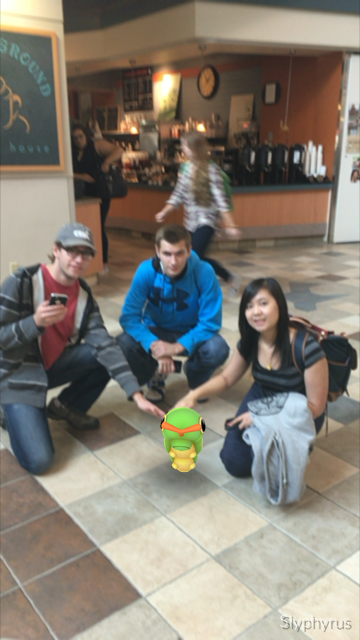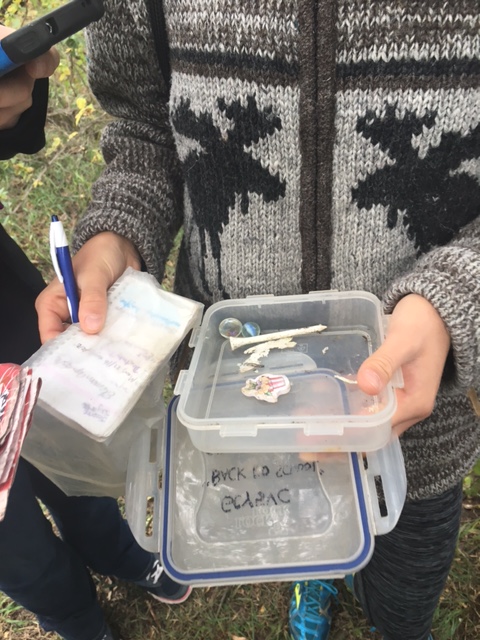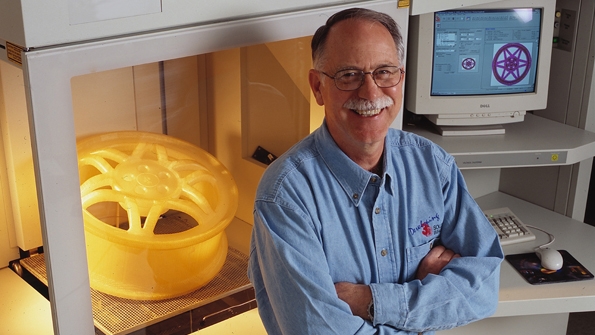David Gerhard is a Professor in the Department of Computer Science and an associate member in the Department of Music at the University of Regina who came in and talked to us about 3D printing. He told us about the history of paper printing and 3D printing. He told us about the different types of 3D printing, it was very interesting because I didn’t know there was more than one. The first type of printing he mentioned was the additive type of printing, where the object is built up layer by layer. The second type was subtractive, usually done with CNC, which is like carving out a material to create your object. Most 3D printing is done additively. He told us about Fablabs and the various different equipment found in them. Equipment to help you make pretty much anything. Laser cutters, circuit millers, benchtop 3d mills, vinyl cutters, these are the sort of things you need.
These machines were all very expensive at the beginning, ‘If you had a million dollars you could buy all these and put them in a lab and build pretty much anything’ he said, but then goes on to change the money value to around 100,000 for today’s pricing. Why do we care so much about 3D printing when we have all these other cool machines? First of all, it sounds exciting. Manufacturing on demand is interesting, people want to personalize their own 3D printed objects. He told us the meaning of ‘Bespoke’ and that it was ‘designed and manufactured for you.’ 3D printing also does complicated objects as easily as simple objects. This is the benefits of 3D printing, customization and complexity. With 3d printing you can make rapid prototypes which is better than traditional prototyping, since traditional prototyping takes a lot of time and money to create. With 3D printing, you can make one or two of a thing and its not ridiculously expensive. The amount of money it takes to set up a factory to make mac books is a lot. Commodonization gives you the illusion of choice because you go to the store and get to pick between 6 different types of the product, but those same 6 are on all the shelves in the world.
3D printing makes it so that you can print one or two of an object cheaply. However if you want to make 100,000 of the object it is better to use traditional methods. Once you make the factory, it takes no time to make objects after the first one. 3D printing still takes a long time to create since every item is built individually. 3D printed parts arent as good as parts that an engineer designed, they’re weaker and dont look as nice, but they are unique in the universe. 3D printers needs a design file that you have to make. For consumers, 3d printing has limitations on what they can build, it has to be plastic and be within 10 cubic centimeters. So you could built pretty much anything as long as it fits in that space. There are 4 consumer 3d printing technologies that are available today.
Selective laser sintering creates an object in a huge bed of nylon that is made by melting the nylon with a laser
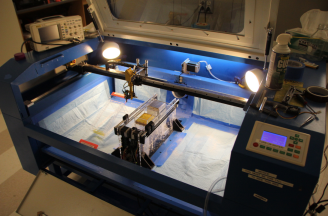 .
.
Fused deposition modelling is where you take a strand of plastic, melt it, and put it in the machine.
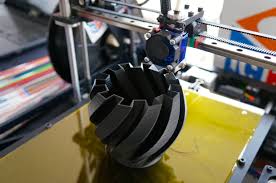
Stereolithography is where you take a laser and point it onto a bed of acrylic.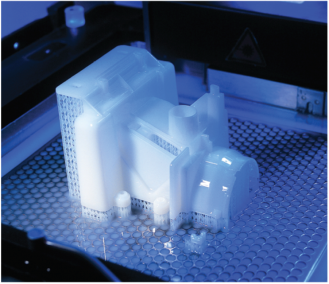
Powder bed glue jet printing has a cartridge and involves printing out dots and fusing them together.

However all of these have a lot of different problems, ranging from basic clogging to releasing hazardous substances in the air. Fused Deposition is the most common form of printing, its the one that involves melting the plastic and extruding it onto a surface. However, a while back two guys made a kickstarter to fund a stereolithography printer for around 100 bucks, they raised a whole bunch of money but one of them split and took half the money with him.
He explained to us how we were going to make our projects, but also mentioned how you can scan objects to 3D print and I thought that was very cool and very interesting. The technology changes really fast for 3D printing and is very cool. Some people use 3D scanning for cool things like dental work or building bridges digitally or fixing cracks and things. Sketchup is the method of 3d modelling he mentioned using. 3D printers have been used to make a lot of really helpful things like 3d printed organs or 3d printed prosthetics. They’ve also made 3D printed candy or chocolate by feeding those liquified materials through the printer. You can 3D print almost anything as long as you have the creativity
External Sources


